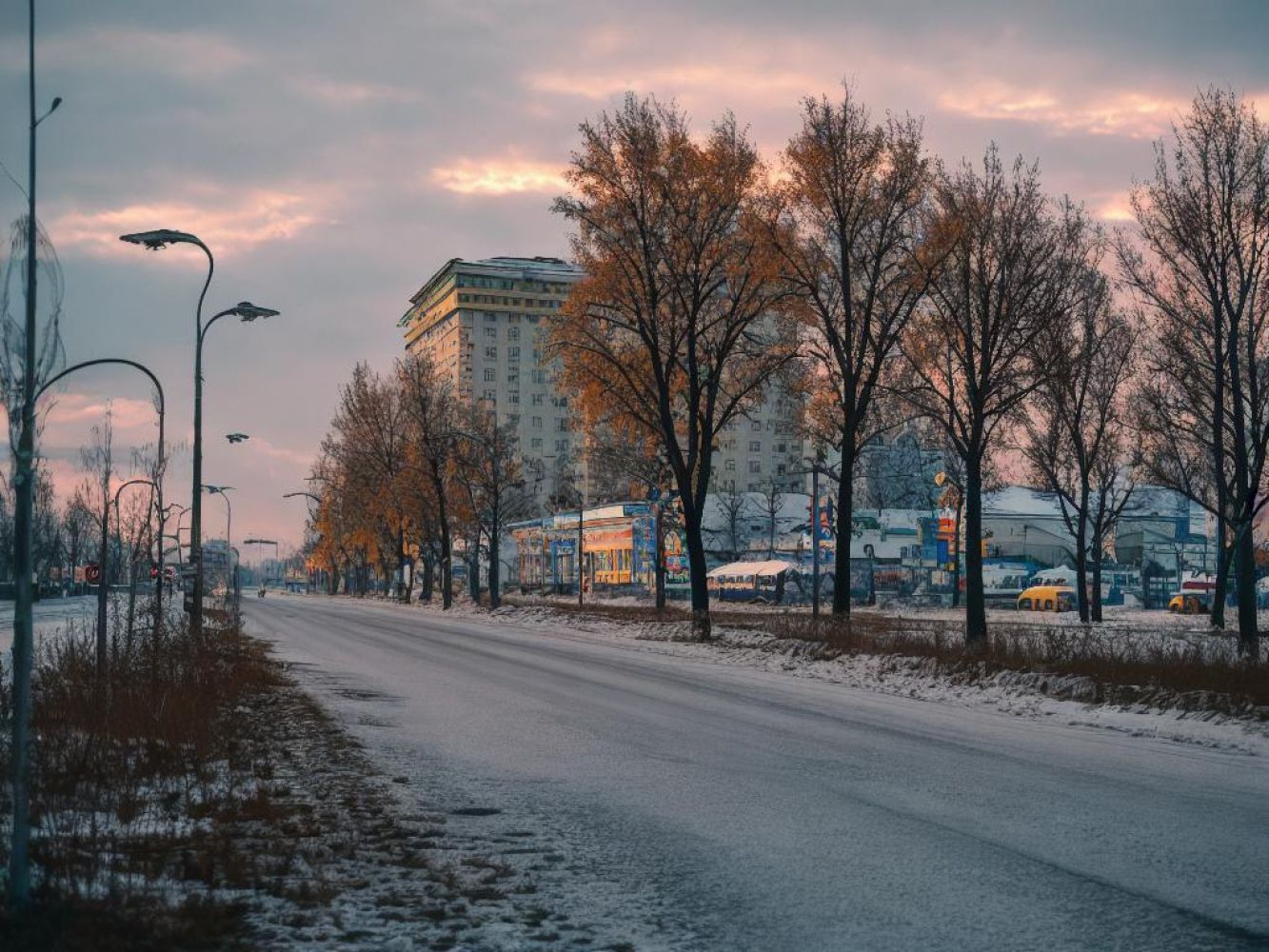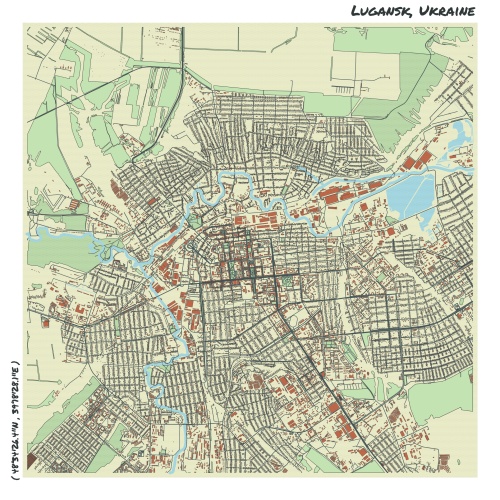Understand
Lugansk: A Once Thriving Industrial Region Transformed into a Remote Provincial Town In 1790, the Scottish engineer Charles Gascoigne ventured to explore the abundant coal and mineral resources of the region of SlavyanoSerbia. This venture led to the discovery of plentiful natural resources, catching the attention of Russian Empress Ekaterina the Second. In 1795, she ordered the establishment of a metal factory on the Lugan' river near the village of Kamenniy Brod. This marked the beginning of a major industrial development that would thrive until the decline of the Soviet Union in 1991. Lugansk boasted over 100 industrial plants, including a famous Ukrainian military and machine tool plant named after V.I.Lenin. However, after the fall of the USSR, the region faced financial challenges, leading to the closure of the once prominent metal factory in 2008. Despite the struggles, the largest locomotive plant named "Zavod OR" continues to persevere through the crisis. Today, Lugansk stands as a remote provincial town, showcasing traces of its former glory. Divided into four districts by natural borders, the town offers distinct areas with their own unique characteristics. The KamennoBrodskii district is separated from the rest of the town by the main railroad, while the western and eastern sleeper districts, along with the Zhovtnevii district, provide diverse communities within Lugansk. The central Leninskii district, together with parts of the Kamennobrodskii district, holds the main places of interest. The "old center" maintains a compact charm along streets such as Dahl, Lenina, Karl Marx, and Karl Libknecht, while the new center stands tall on a high hill, offering breathtaking views of Lugan' and Olhovka rivers and Ivanischev yar. Ostraya Mogila, located south of the Leninskii district, houses a memorial to the heroes of 20th-century wars, medical facilities, an institute, and an air navigators academy. Although Lugansk has undergone multiple name changes, it remains an intriguing destination. Situated on high hills, the town may not be the typical tourist attraction, but it exudes a unique atmosphere, despite recent degradation. Visitors can enjoy scenic city landscape views from different points throughout the town, providing a glimpse into Lugansk's past and present.
Map & Climate
Popular Foods
 Pelmeni - Pelmeni are Ukrainian dumplings filled with meat, usually pork or beef, and seasoned with onions and spices. They are boiled and served hot, often accompanied by sour cream or butter.
Pelmeni - Pelmeni are Ukrainian dumplings filled with meat, usually pork or beef, and seasoned with onions and spices. They are boiled and served hot, often accompanied by sour cream or butter. Borscht - Borscht is a traditional Ukrainian soup made with beets, which give it its deep magenta color. It typically contains potatoes, cabbage, carrots, and onions, along with chunks of meat like beef or pork. Sometimes, a vegetarian version with mushrooms or tofu can be found.
Borscht - Borscht is a traditional Ukrainian soup made with beets, which give it its deep magenta color. It typically contains potatoes, cabbage, carrots, and onions, along with chunks of meat like beef or pork. Sometimes, a vegetarian version with mushrooms or tofu can be found. Varenyky - Varenyky are a type of potato dumpling native to Ukraine. They are made using a mixture of mashed potatoes, flour, and eggs, then stuffed with ingredients like cheese, sauerkraut, or mushrooms. They can be boiled, fried, or baked and often served with sour cream, butter, or melted cheese.
Varenyky - Varenyky are a type of potato dumpling native to Ukraine. They are made using a mixture of mashed potatoes, flour, and eggs, then stuffed with ingredients like cheese, sauerkraut, or mushrooms. They can be boiled, fried, or baked and often served with sour cream, butter, or melted cheese.




Comments
NO COMMENTS